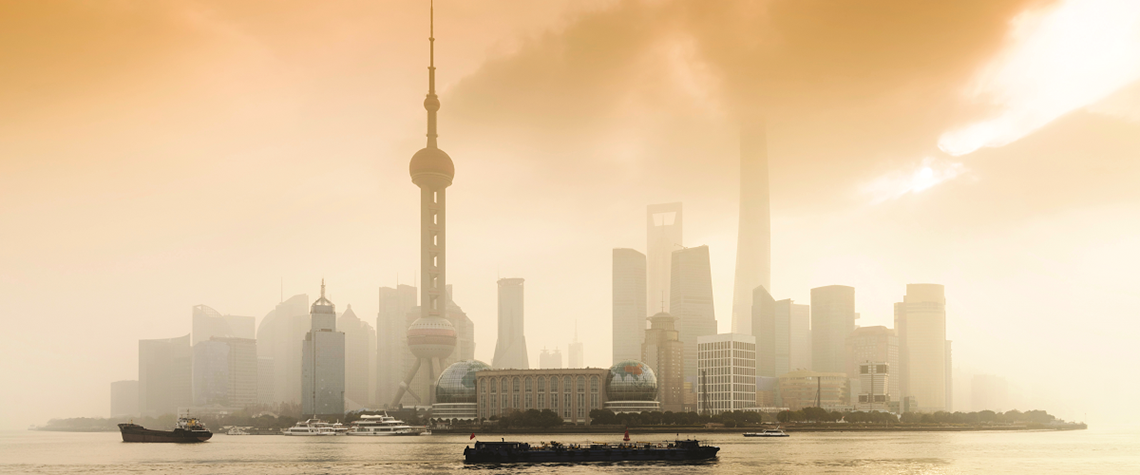China: Enter the smokeless dragon
Part of China’s blue-sky strategy is the switch from coal to natural gas—with an unexpected impact on the global LNG market
Between 2015 and 2017, China's liquefied natural gas imports doubled. Pipeline gas imports more than doubled. Yet last winter China faced an unprecedented gas supply crisis that left homes, schools and hospitals without heating—prompting a scramble to divert gas from industry. The immediate cause of the crisis was an air pollution-prevention-and-control programme stipulating that coal-fired boilers in key regions should be replaced with gas-fired ones. The deadline, October 2017, coincided with the Communist Party's 19 th National Congress and so implementation was exceptionally forceful. In some places, coal boilers were ripped out before gas replacements were available. In others, the swit

Also in this section
19 April 2024
Cairo’s currency problems have hindered investment, but Pharos sees considerable potential as Egypt emerges from crisis
18 April 2024
The Norwegian energy company is concentrating its efforts on specific regions and assets that meet strict cost and carbon criteria
17 April 2024
Uzbekistan and Kazakhstan provide opportunities after Europe turns it back, while also offering another gateway to China
16 April 2024
Commentators need to shake off the myths of the past, with rising oil prices a boon for US economy







